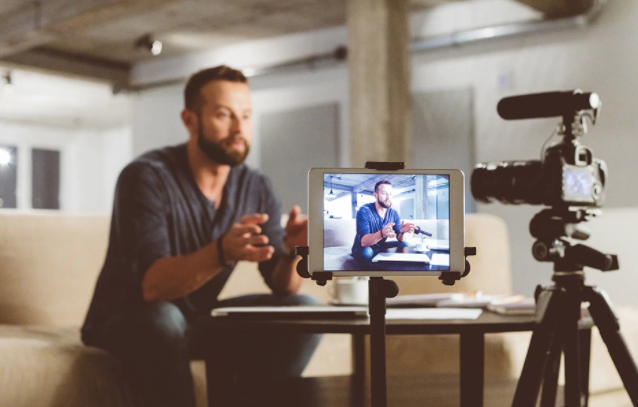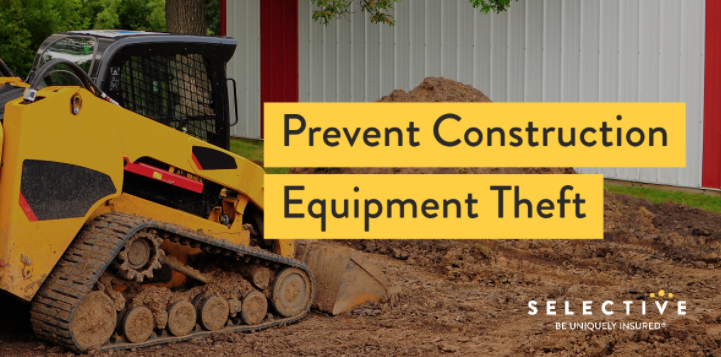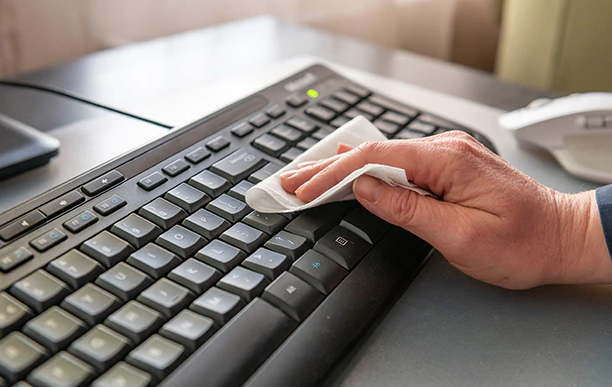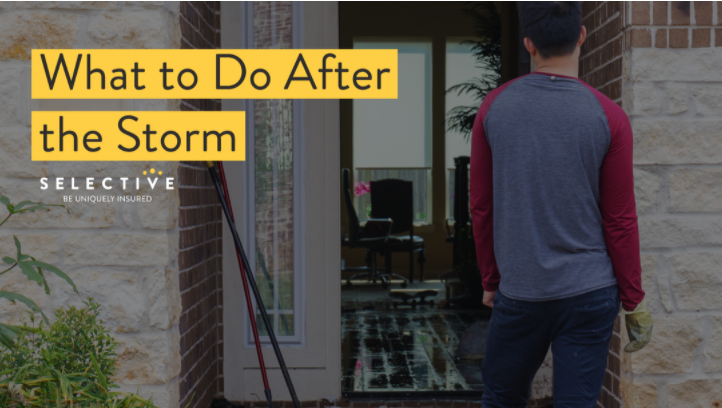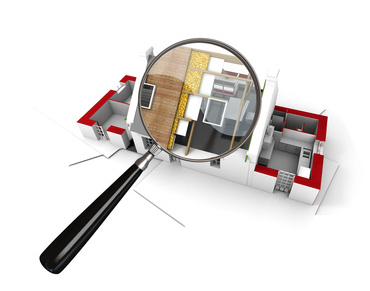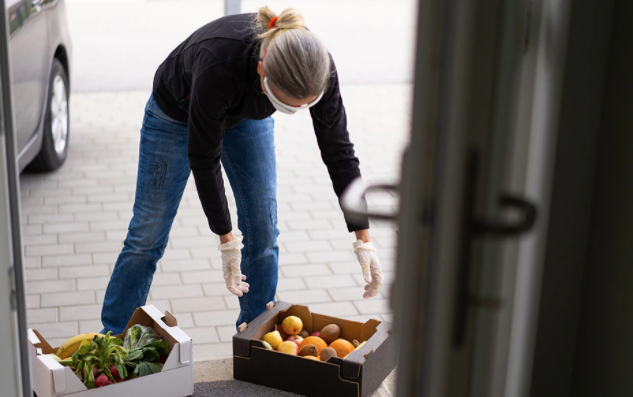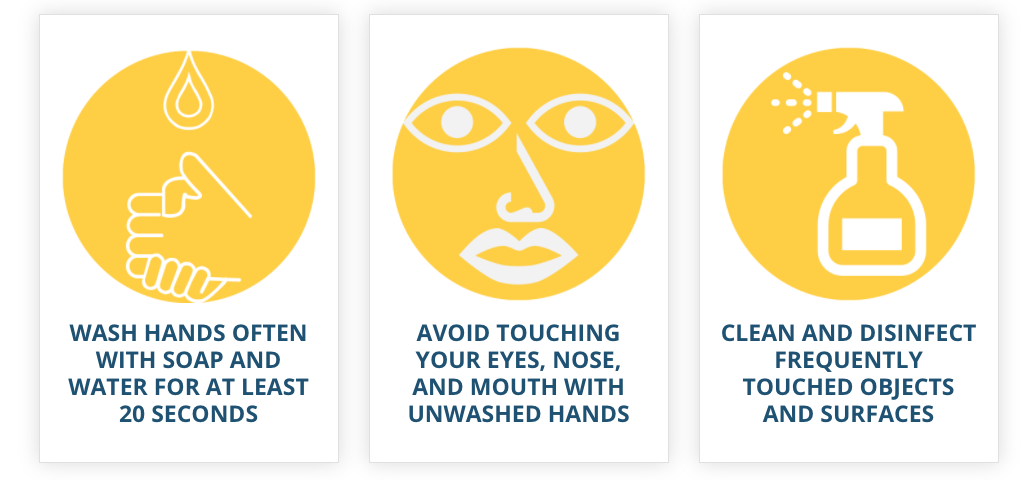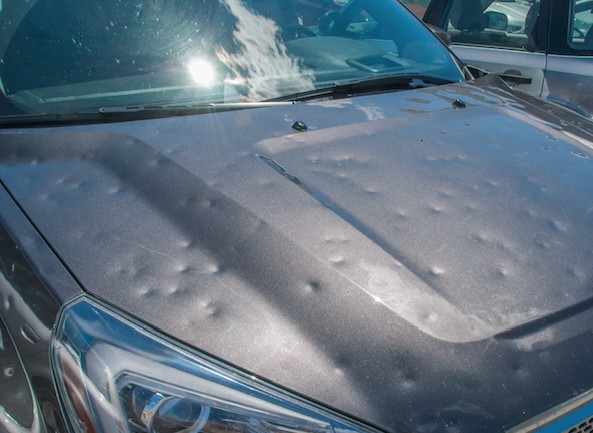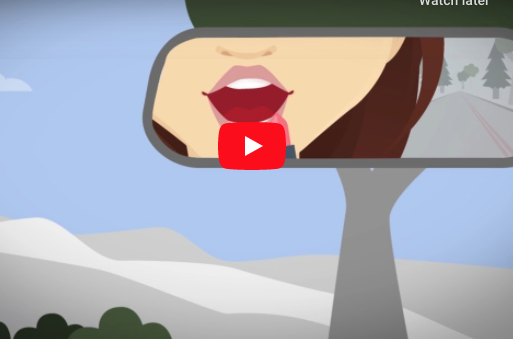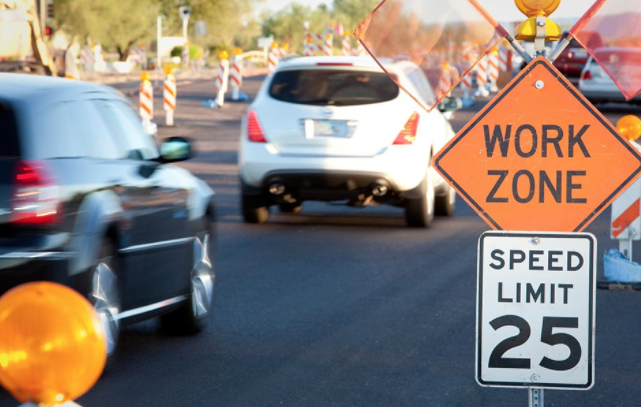The Best Time of Day to Make Critical Business Decisions

There’s a truth behind the phrase, “sleep on it.” As a small business owner, every decision you make impacts your business, and it can mean the difference between positive profits or a torpedo headed for your bottom line. New studies over the past few years have narrowed the timing around decision-making to an exact science, so now you can arm yourself with the tools you need to make smart decisions for your business.
Knowing Your Peak Time of Day
Do you want to make critical money moves when you’re in constant overdrive and headed toward the midday slump, or when your mind is clear and focused? Whether you’re an early riser or you get in your groove after everyone else is fast asleep, the data doesn’t lie — the best time to make a decision is in the morning, according to Daniel Pink’s 2018 book, When: The Scientific Secrets of Perfect Timing. Most people are the most productive within the first two hours of waking up because our brains are wired to make optimal analytical and reason-based decisions at this point in the day.
However, exceptions exist based on your biological clock or “circadian rhythm.” Think of your circadian rhythm as being a 24-hour internal clock in your brain that cycles between when you’re drowsy and alert. It’s the reason you fall asleep around the same time every night and it can account for that feeling of being run over by a truck when you fly across time zones.
To figure out your optimal flow, imagine a day when you have nothing to do. This could be a weekend or your day off. When do you fall asleep? When do you wake up? More importantly, what’s the midpoint between those two times? For example, if you fall asleep at 10 p.m. and wake at 6 a.m. your midpoint is 2 a.m. — which makes you an early bird.
According to chronobiology (translation: internal clock) professor Till Roenneberg’s research, if your midpoint lies between 12 a.m. and 3 a.m., you’re an early bird, or lark; if your midpoint occurs between 6 a.m. and 12 p.m., you’re a night owl. If your midpoint lies between 3:30 a.m. and 6 a.m. — where most people reside — you’re in between. Larks and the middle group that Pink calls “third birds” make their best decisions in the morning. Night owls (averaging 5% to 20% of the U.S. population, depending on the studies consulted) find their stride in the late afternoon and early evening.
Making the Best Use of the Day
Timing isn’t everything, but everything comes down to timing. For most of us, we start the day strong — we’re ethical, focused, and energized. Between 2 and 4 p.m., we slide into the midday productivity slump, and then we get a second wind come dinnertime. READ FULL ARTICLE


